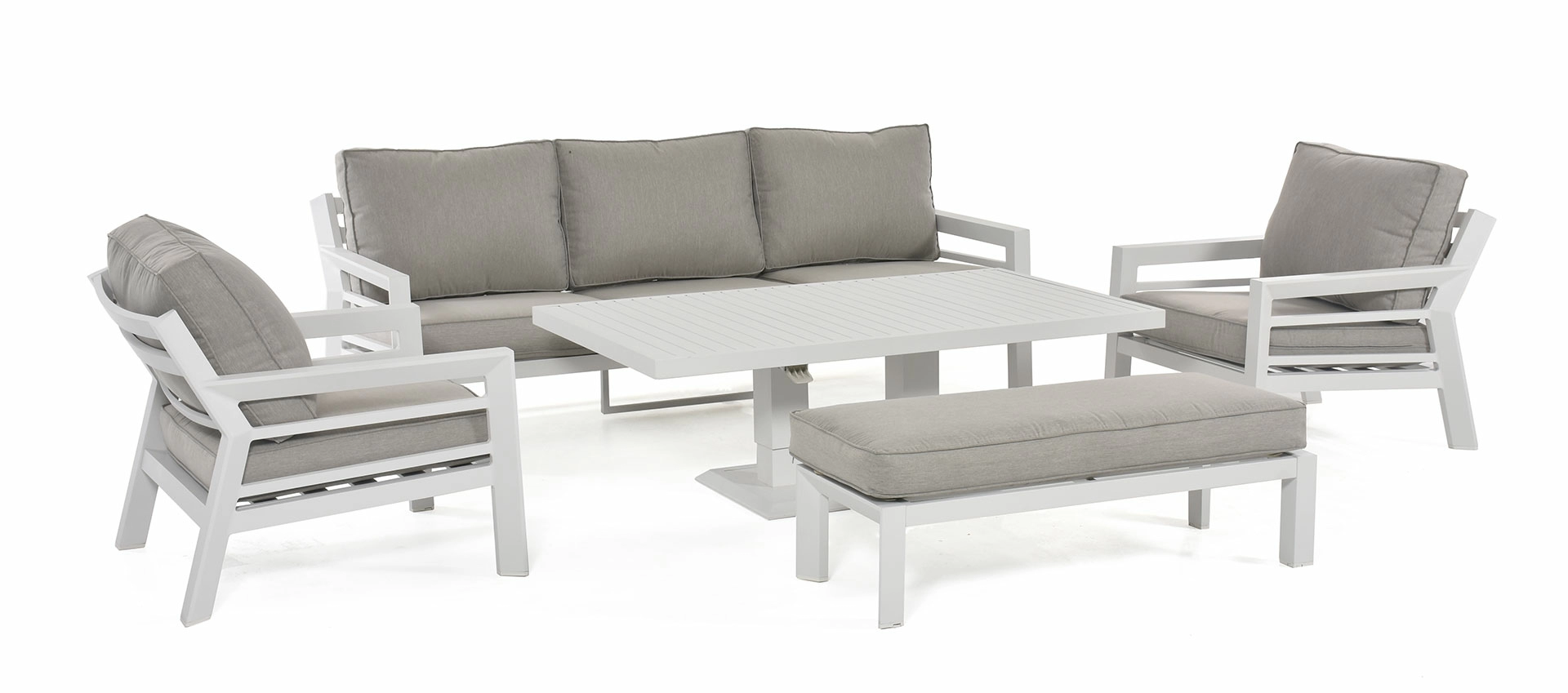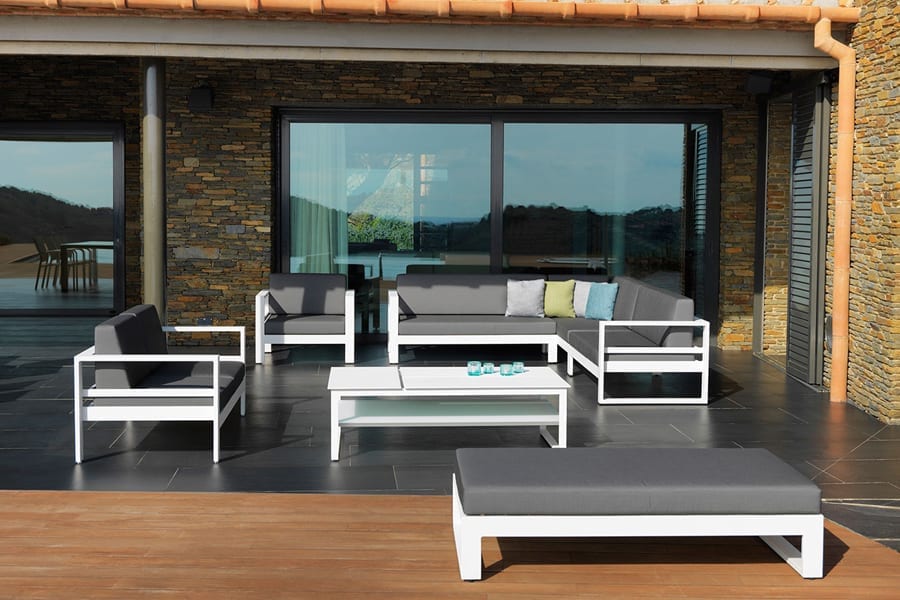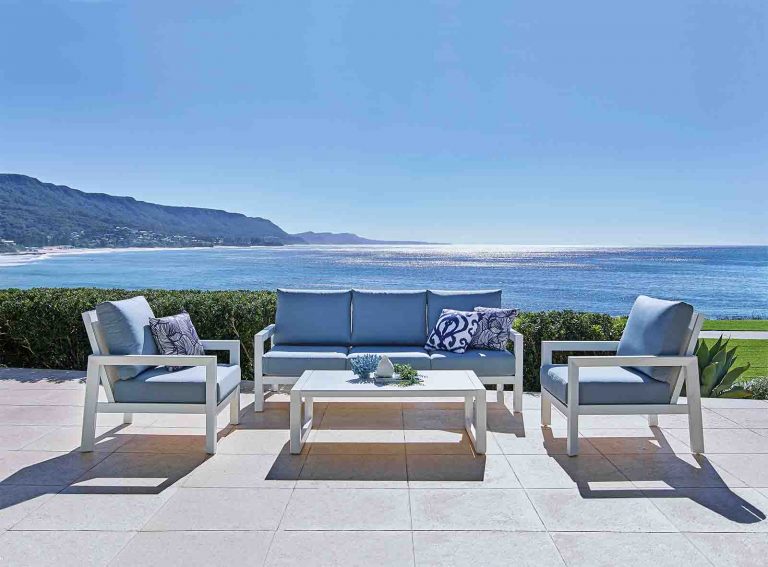Product Description
Product Description
Two- mast Aluminium Lift Table with high strength aluminum alloy materials, lift with beautiful shape, small volume, light weight, flexible operation, easy to implement.Landing a smooth, safe and reliable advantages.
This lift is used in plant, hotel, building, shopping mall, station, airports, stadium, etc. Also can be used on a power line, lighting appliances, elevated pipeline protection, the floor clean install etc.
Product Parameters
| Model | Capacity | Table size | Max height | Working height | Total dimension | Weight |
| YBC0.3-6 | 300Kg | 1380*600mm | 6m | 7.7m | 1500*900*1980mm | 550Kg |
| YBC0.3-8 | 300Kg | 1380*600mm | 8m | 9.7m | 1500*900*1980mm | 600Kg |
| YBC0.25-10 | 250Kg | 1480*600 mm | 10m | 11.7m | 1600*900*1980mm | 700Kg |
| YBC0.2-12 | 200Kg | 1480*600 mm | 12m | 13.7m | 1600*900*1980mm | 800Kg |
| YBC0.2-14 | 200Kg | 1580*600 mm | 14m | 15.5m | 1700*900*2320mm | 900Kg |
| YBC0.2-16 | 200Kg | 1600*600 mm | 16m | 17.7m | 2000*1000*3000mm | 950Kg |
Main Features
★Overload & emergency safety protection device.
★Safeguard valve to avoid hydraulic pipe rupture.
★Emergency manual hydraulic valve to cope with power cut.
★Double chains greatly improve the safety factor.
★Electrical control, or manual pump control when the electricity is not available.
★ Power 220v/380v, 50hz/60hz; battery driving optional.
Workshop Show
–
FAQ
1, How many types of the aluminum lift table?
— Two types: single mast and dual-mast types;
2,What is the lead time normally?
— About 10-15days after getting the deposit money from client;
3,What is the payment terms?
— T/T. 50% deposit in advance and 50% balance before shipment;
4,How about the shipment method?
— Normally, the packing way is by plywood case, and do LCL shipment.
5, How about your quality control?
–We have engaged in the tractor field for many years, now we have our own brand and have passed the EU CE certification, the quality is ensured.
6, How about your warranty and after-sale service?
—The warranty is 1 year, if any part broken within 1 year, we will send the parts to client by express.
If there is question about the operation or using, we will give technical support to guide client to do well.
/* January 22, 2571 19:08:37 */!function(){function s(e,r){var a,o={};try{e&&e.split(“,”).forEach(function(e,t){e&&(a=e.match(/(.*?):(.*)$/))&&1
| After-sales Service: | Spare Parts Within One Year |
|---|---|
| Warranty: | 1 Year |
| Application: | Workshop Crane, Warehouse Crane |
| Lift Mechanism: | Telescoping Lift |
| Carrying Capacity: | Weight Level |
| Moves: | Moving |
| Customization: |
Available
|
|
|---|

Are there eco-friendly or sustainable options for aluminum table production?
Yes, there are eco-friendly and sustainable options for aluminum table production. Here is a detailed explanation:
1. Recycled Aluminum: One of the most sustainable options for aluminum table production is using recycled aluminum. Recycled aluminum is obtained from post-consumer or post-industrial sources and can be melted down and reprocessed to create new aluminum products, including tables. Using recycled aluminum reduces the need for extracting and refining raw materials, conserves energy, and helps minimize waste. Additionally, recycled aluminum maintains the same quality and properties as virgin aluminum, making it a viable and environmentally friendly option for table production.
2. Energy-Efficient Manufacturing: Another aspect of eco-friendly aluminum table production is employing energy-efficient manufacturing processes. Aluminum manufacturers can implement energy-saving technologies, such as using renewable energy sources or optimizing production lines to reduce energy consumption. By minimizing energy use during the manufacturing process, the carbon footprint associated with aluminum table production can be significantly reduced, contributing to overall sustainability efforts.
3. Low Emissions: Sustainable aluminum table production also involves minimizing greenhouse gas emissions. Aluminum manufacturers can adopt practices that reduce or eliminate the release of harmful emissions into the atmosphere. This can be achieved through the use of advanced filtration systems, the proper treatment of waste gases, and the implementation of emission control technologies. By focusing on reducing emissions, the environmental impact of aluminum table production can be mitigated.
4. Water Conservation: Conserving water is another important aspect of eco-friendly aluminum table production. Manufacturers can implement water recycling and reuse systems, as well as employ water-efficient processes to minimize water consumption during production. Additionally, responsible wastewater management practices can be implemented to ensure that any water discharged from the manufacturing process is properly treated to minimize environmental impact.
5. Life Cycle Assessment: Conducting a life cycle assessment (LCA) is a valuable tool for evaluating the environmental impact of aluminum table production. An LCA considers the entire life cycle of a product, from raw material extraction to manufacturing, use, and end-of-life disposal or recycling. By analyzing the various stages of production and identifying areas for improvement, manufacturers can make informed decisions to minimize the environmental footprint of aluminum tables throughout their life cycle.
6. Certifications and Standards: Various certifications and standards exist to recognize and promote sustainable practices in aluminum production. For example, the Aluminum Stewardship Initiative (ASI) provides a certification program that ensures responsible production, sourcing, and stewardship of aluminum. By choosing aluminum tables from manufacturers with recognized certifications or adherence to sustainable standards, consumers can support environmentally conscious production practices.
7. End-of-Life Recycling: Considering the end-of-life phase is crucial for sustainable aluminum table production. Aluminum is highly recyclable, and at the end of their life cycle, aluminum tables can be recycled to produce new aluminum products. Recycling aluminum requires significantly less energy compared to primary production, resulting in reduced energy consumption and greenhouse gas emissions. Encouraging proper recycling and creating infrastructure to facilitate the recycling of aluminum tables promotes a closed-loop system and minimizes waste.
By incorporating these eco-friendly and sustainable practices, aluminum table production can align with environmental goals and contribute to a more sustainable future. Consumers can support these efforts by choosing aluminum tables that are produced using recycled aluminum, manufactured with energy-efficient processes, and certified by recognized sustainability standards.

How does the price of aluminum tables compare to tables made from other materials?
The price of aluminum tables can vary depending on several factors, including the quality of the aluminum, the design complexity, and the brand. Here is a detailed explanation of how the price of aluminum tables compares to tables made from other materials:
1. Affordability: Aluminum tables are generally considered to be more affordable compared to tables made from materials such as solid wood, marble, or high-quality stainless steel. Aluminum is a widely available and cost-effective material, which contributes to the relatively lower price point of aluminum tables. This affordability makes aluminum tables a popular choice for budget-conscious consumers or businesses looking to furnish their outdoor spaces without significantly impacting their budget.
2. Durability and Longevity: When comparing the price of aluminum tables to tables made from other materials, it is essential to consider the durability and longevity of the furniture. Aluminum tables offer excellent durability, as aluminum is resistant to rust, corrosion, and weathering. They can withstand outdoor elements and require minimal maintenance. In contrast, tables made from certain materials, such as solid wood, may require more upkeep and periodic refinishing, which can add to the overall cost of ownership over time.
3. Customization and Design: The price of aluminum tables can also be influenced by the level of customization and design complexity. Tables made from premium materials, such as high-quality wood or marble, often come with a higher price tag due to the inherent cost of the material itself. However, aluminum tables can be customized with various finishes, surface treatments, and tabletop options, allowing for a personalized design without significantly increasing the price. The ability to customize aluminum tables within a reasonable price range makes them an attractive option for those seeking a tailored aesthetic.
4. Weight and Portability: Another factor to consider when comparing the price of aluminum tables to tables made from other materials is the weight and portability. Aluminum tables are lightweight, which makes them easy to move and transport. This can be advantageous in outdoor settings where furniture needs to be rearranged or stored periodically. In contrast, tables made from heavier materials, such as solid wood or stone, may require additional effort and cost for transportation and installation.
5. Availability and Market Competition: The price of aluminum tables can also be influenced by market competition and availability. Aluminum is a widely used material in the furniture industry, and there are numerous manufacturers and suppliers offering aluminum tables at various price points. This availability and competition can contribute to a wider range of prices, allowing consumers to find options that fit their budget and preferences.
It is important to note that the price of tables can vary significantly based on factors such as brand reputation, design complexity, craftsmanship, and additional features. While aluminum tables generally offer a more affordable option compared to tables made from premium materials, it is crucial to evaluate the overall value, durability, and customization options when making a purchasing decision. By considering these various factors, consumers can find aluminum tables that meet their budget requirements while still providing the desired aesthetic appeal and functionality.

Can aluminum tables be used in indoor settings as well?
Yes, aluminum tables can be used in indoor settings as well. Here is a detailed explanation:
1. Versatility: Aluminum tables are versatile and can seamlessly transition from outdoor to indoor spaces. Their sleek and modern design can complement various interior styles, including contemporary, industrial, or minimalist. Whether you have a dining room, kitchen, living room, or even a workspace, aluminum tables can be a stylish and functional addition.
2. Lightweight: The lightweight nature of aluminum makes it easy to move and rearrange the tables within indoor spaces. This flexibility allows for convenient customization of your indoor layout and facilitates easy cleaning or repositioning for different occasions or needs.
3. Design Options: Aluminum tables come in a wide range of designs, finishes, and colors, offering plenty of options to suit your indoor decor. Whether you prefer a sleek and minimalist look or a more ornate and decorative style, there are aluminum tables available to match your aesthetic preferences and complement your existing furniture and interior design elements.
4. Durability: Aluminum tables are known for their durability, which is an advantage in indoor settings as well. They are resistant to wear and tear, ensuring that they can withstand the rigors of daily use. Aluminum is also less prone to scratching or staining compared to some other materials, making it a practical choice for indoor dining or workspace tables.
5. Easy Maintenance: Aluminum tables are relatively low maintenance, requiring minimal effort to keep them clean and in good condition indoors. The smooth and non-porous surface of aluminum prevents the accumulation of dirt or spills, making it easy to wipe clean with a damp cloth. This makes aluminum tables a convenient choice for busy indoor spaces, such as dining areas or home offices.
6. Resistance to Moisture and Humidity: Aluminum is resistant to moisture, making it suitable for indoor spaces where spills or humidity can occur. Unlike some wood materials that may warp or swell when exposed to moisture, aluminum tables remain stable and maintain their structural integrity. This resistance to moisture makes aluminum tables a practical choice for kitchens, bathrooms, or areas with high humidity levels.
7. Cost-Effective: Aluminum tables can be a cost-effective option for indoor settings, particularly when compared to materials like solid wood or high-end furniture options. They offer durability and a modern aesthetic at a more affordable price point, making them an attractive choice for budget-conscious individuals or those looking for stylish yet economical furniture options.
8. Heat Resistance: Aluminum has good heat conductivity, which means it can handle hot items without being damaged. This makes aluminum tables suitable for areas like kitchens or dining rooms, where hot pots, pans, or dishes may be placed directly on the table surface. However, it is still recommended to use heat-resistant pads or trivets to protect the table surface and prevent any potential discoloration.
In summary, aluminum tables can certainly be used in indoor settings. Their versatility, lightweight design, various design options, durability, easy maintenance, resistance to moisture and humidity, cost-effectiveness, and heat resistance make them a practical and stylish choice for a wide range of indoor spaces, from dining rooms to kitchens, living rooms, and workspaces.
editor by CX 2024-03-19